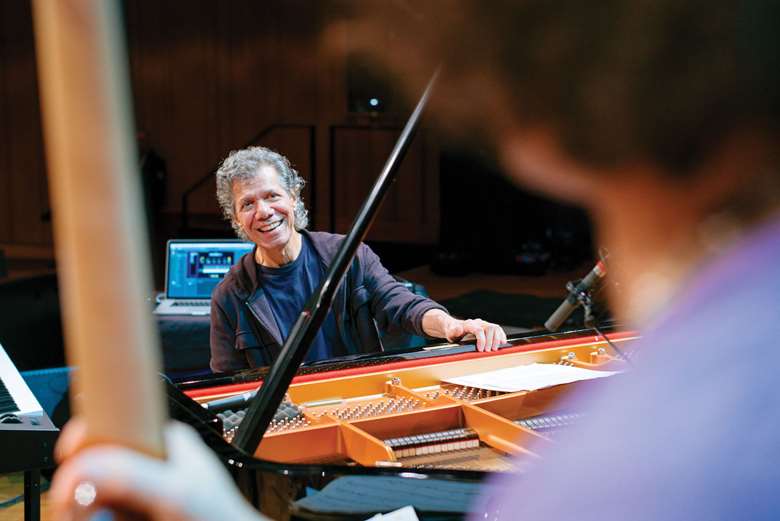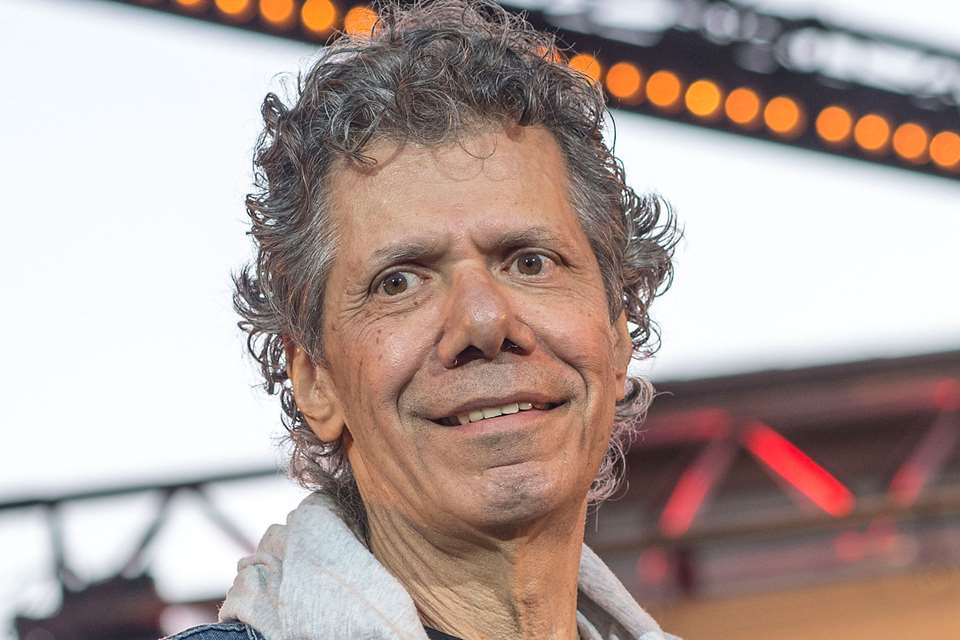Chick Corea interview: "Music can bring us together"
Friday, February 12, 2021
As a tribute to Chick Corea, who has died at the age of 79, we are republishing the interview he gave to Jazzwise in May 2017. Chick spoke to Stuart Nicholson about his beginnings with Cab Calloway to his stint in Miles Davis’ ‘Lost Quintet’ and how music continues to unite rather than divide through its universal power and appeal


Register now to continue reading

Thank you for visiting Jazzwise.co.uk. Sign up for a free account today to enjoy the following benefits:
- Free access to 3 subscriber-only articles per month
- Unlimited access to our news, live reviews and artist pages
- Free email newsletter
